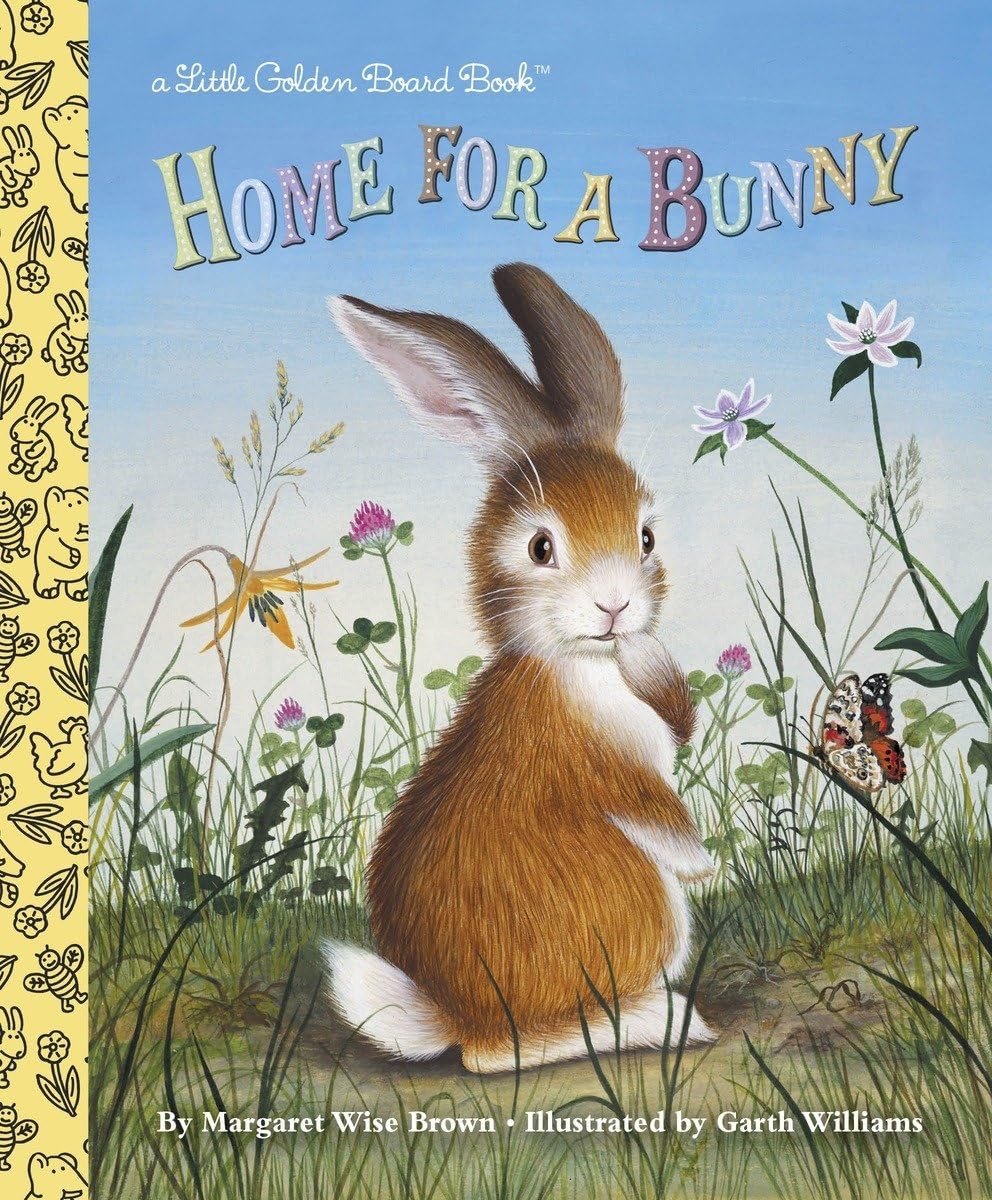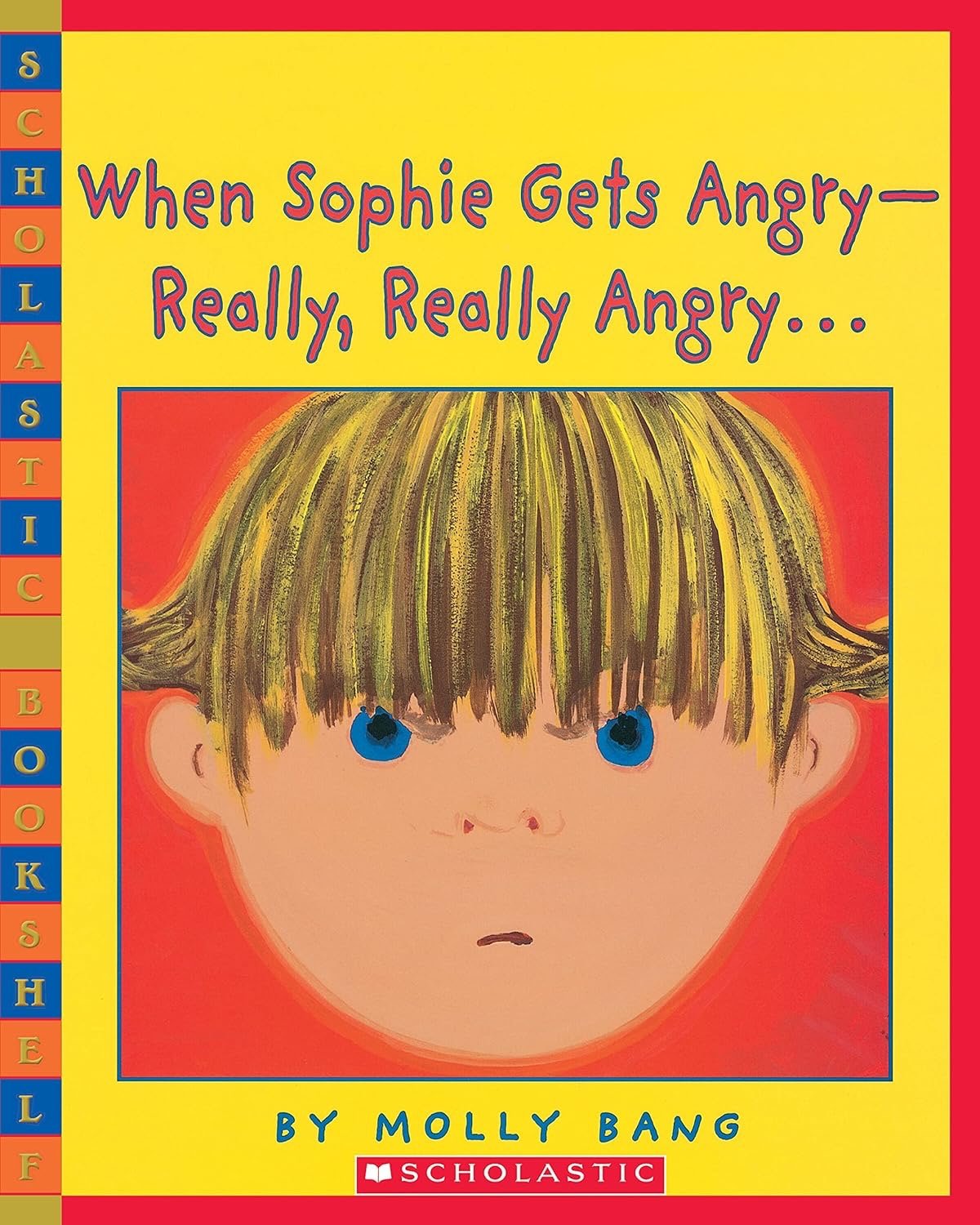Explaining Big Feelings: How Picture Books Can Help Kids Understand Emotions
Intense emotions that include anxiety, sadness, or anger can make a person feel overwhelmed — especially for kids who are still learning how to make sense of their surroundings. For many kids, their first introduction to understanding emotions doesn’t come through sit-down formal conversations or therapy — it comes through stories or imagination.
Picture books can offer more than just entertainment, they can create a safe space for children to see emotions that are reflected back to them, name what they’re feeling, and learn how to navigate those feelings
Why Are Picture Books a Powerful Tool for Learning?
Young minds can connect more deeply with fictional book characters, sometimes even more so than with real people. For example, when a favourite character feels nervous about the first day of school, cries when they lose something special, or yells when frustrated, it can resonate with the young reader’s feelings and experiences.
Picture books help children:
Normalizing emotions – Shows that everyone has tough feelings sometimes.
Build emotional vocabulary – Introducing words like “frustrated,” “overwhelmed,” or “anxious” to describe their inner world more truthfully.
Model healthy coping – Demonstrating strategies such as breathing techniques, talking to a trusted adult, or even taking a break.
Feel seen and understood – Helping them realize they’re not alone in what they’re going through.
Exploring Specific Emotions Through Books
Let’s take a closer look at how picture books can support children in understanding some of the most common big feelings:
Anxiety:
Anxiety can show visibly, like stomach aches, sleeplessness, clinginess, or even anger. I remember when I was growing up if I wasn’t attached to my mom on outings with my pre-school I wouldn’t have been able to physically function because of how nervous I was. I saw her as my safety blanket in a way, even if I still do today.
Books that gently name and explore these symptoms can help a child feel less confused and more empowered.
The book, Home for a Bunny” written by Margaret Wise Brown, is all about discovering a safe place! A young bunny sets out on a heartwarming adventure to find the perfect home, but there are a few bumps in the road along the way. As the bunny visits different homes with various animals, it doesn’t quite feel like a match until, after much searching, the bunny finally discovers a cozy place where they feel at home alongside another young bunny. This delightful story really resonated with me, reminding me of the comfort of finding my own special spot, like cuddling up on the couch under a soft, fluffy blanket. I recall feeling a bit anxious while reading initially, but once I finished the story, I felt a wave of calm wash over me better.
Anger:
Anger can be frightening for both children and adults. Books that discuss anger without shame teach kids that all emotions are valid — it’s how we handle them that counts. Having been diagnosed with bipolar II disorder, the book, “When Sophie Gets Angry—Really, Really Angry…” by Molly Bang, was beneficial for me, especially since my family and I were unaware of my condition at the time of reading this book.
This is a normal and healthy emotion in children—but it doesn’t always look the way adults expect. Kids may express anger through physical outbursts, such as hitting or yelling, emotional reactions like crying or shutting down, or behavioural changes, including defiance or withdrawal. The way anger is expressed often depends on the child’s age, communication skills, and emotional development. Understanding the signs of anger is the first step in helping children learn to manage it in safe, healthy ways.
This book became a symbol for me, as a representation of what to read when I felt angry, and I applied the techniques from the story to help calm myself down when Sophie runs, climbs, and breathes — showing that movement and solitude can help release big energy safely.
How Can Parents, Caregivers, and Educators Can Use These Books?
You don’t need to be a therapist to use picture books for emotional support. Try these practical tips in your home:
Read together regularly, not just during tough times. This can build trust and familiarity with knowing the signs of the big feelings.
Pause during the story to ask, “How do you think they feel?” or “What would you do?”, this can help your kids to practice checking in on themselves and others around them about how they may feel.
Connect to real life by gently relating characters’ emotions to your child’s own experiences. After reading the story together talk about what happened in the story and try to think if the same emotion happened to them today.
Create space afterward for open discussion. Let your child share or just sit with the story.
Final Thoughts:
We all know that most children don’t always know the right words to describe how they’re feeling — but stories that include how to can speak for them. Picture books enable children to witness, reflect, and gradually develop emotional understanding in a developmentally age-appropriate manner.
In a world that often asks kids to "calm down" or "move on" without teaching them how, stories become bridges to self-awareness and resilience.
So the next time a big feeling shows up in your child try reaching for a picture book. You might be surprised at the healing power tucked inside those pages.
About the Author
Megan Parsons is a graduate of the Professional Writing Program at Algonquin College. Specializing in short fiction, she has a passion for writing children’s stories and exploring themes of psychological horror in her work. Currently, in school, Megan is working towards receiving a Certificate in Creative Writing from the University of Toronto.




